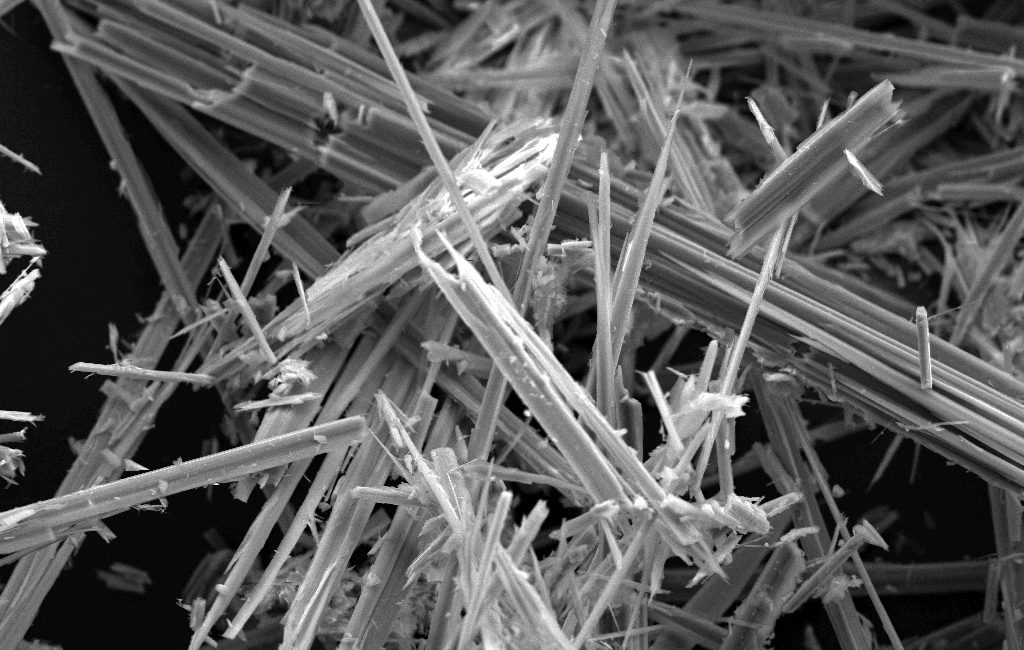
Modern construction has allowed us to mitigate a lot of materials that were used before and were later found out to be dangerous to human life and posed risks like cancer and others to those who were exposed to them.
Though that list is too long to be summarised in one brief blog, there’s one thing that is still present in a lot of homes, and as it turns out, it poses serious risks to homeowners, especially when it comes to ailments like cancer.
Want to know more about what that is? Make sure to read this article till the end, and find out everything you need to know about this cancer-causing material!
The History Of Asbestos
Asbestos was a commonly used insulation and building material in the United Kingdom elsewhere from the 1940s to the 1970s. It was prized for its resistance to heat and flame, so it was a popular choice for insulation around heating pipes and electrical wiring.
However, in the decades since we have come to understand the dangers of asbestos exposure. Asbestos fibres that are inhaled can cause lung cancer, mesothelioma, and other respiratory diseases. Unfortunately, many people are still at risk from asbestos in their homes.
Why Is There Asbestos In My Home?
First, it’s important to understand where asbestos might be found in your home. Older homes are more likely to contain asbestos, especially those built before 1980. Asbestos insulation might be present around pipes and ductwork, as well as in attic and wall insulation.
Vinyl floor tiles, roofing shingles, and siding may also contain asbestos. Additionally, asbestos was commonly used in ceiling tiles, plaster, and joint compound. If your home contains any of these materials and they become damaged or disturbed, asbestos fibres can be released into the air and increase your risk of cancer.
What To Do If There’s Asbestos In My House?
If you suspect that your home might contain asbestos, it’s important to take action. The first step is to have your home inspected by a professional who can test for asbestos.
If your home does contain asbestos, you may be able to leave it in place if it’s not damaged or disturbed. However, if the asbestos is friable (crumbly or easily broken), it’s best to have it removed by a professional asbestos removal company. Do not attempt to remove asbestos yourself, as this can release dangerous fibres into your home and put you at risk for exposure.
Things To Keep In Mind
It’s also important to be mindful of any construction or renovation work that you do in your home. If you are planning to do any work that might disturb asbestos, such as drilling into walls or ceilings, it’s essential to have your home inspected first.
If asbestos is present, you will need to have it removed by a professional before the work can proceed. If you are hiring a contractor, be sure to inform them about any asbestos in your home and ask if they have experience with asbestos abatement.
In addition to having your home inspected and taking appropriate action to remove any asbestos, there are other steps you can take to reduce your risk of exposure. If you live in an older home, be sure to keep it well-maintained to prevent damage to asbestos-containing materials.
Conclusion
Asbestos exposure is a serious health risk, and it’s sadly common in older homes. If you suspect that your home may contain asbestos, the most important thing you can do is take action to protect yourself and your family. Get your home inspected, work with a professional asbestos abatement company if necessary, and take steps to reduce your risk of exposure in the future. With the proper precautions, you can reduce your risk and enjoy a healthy, safe home for years to come.


